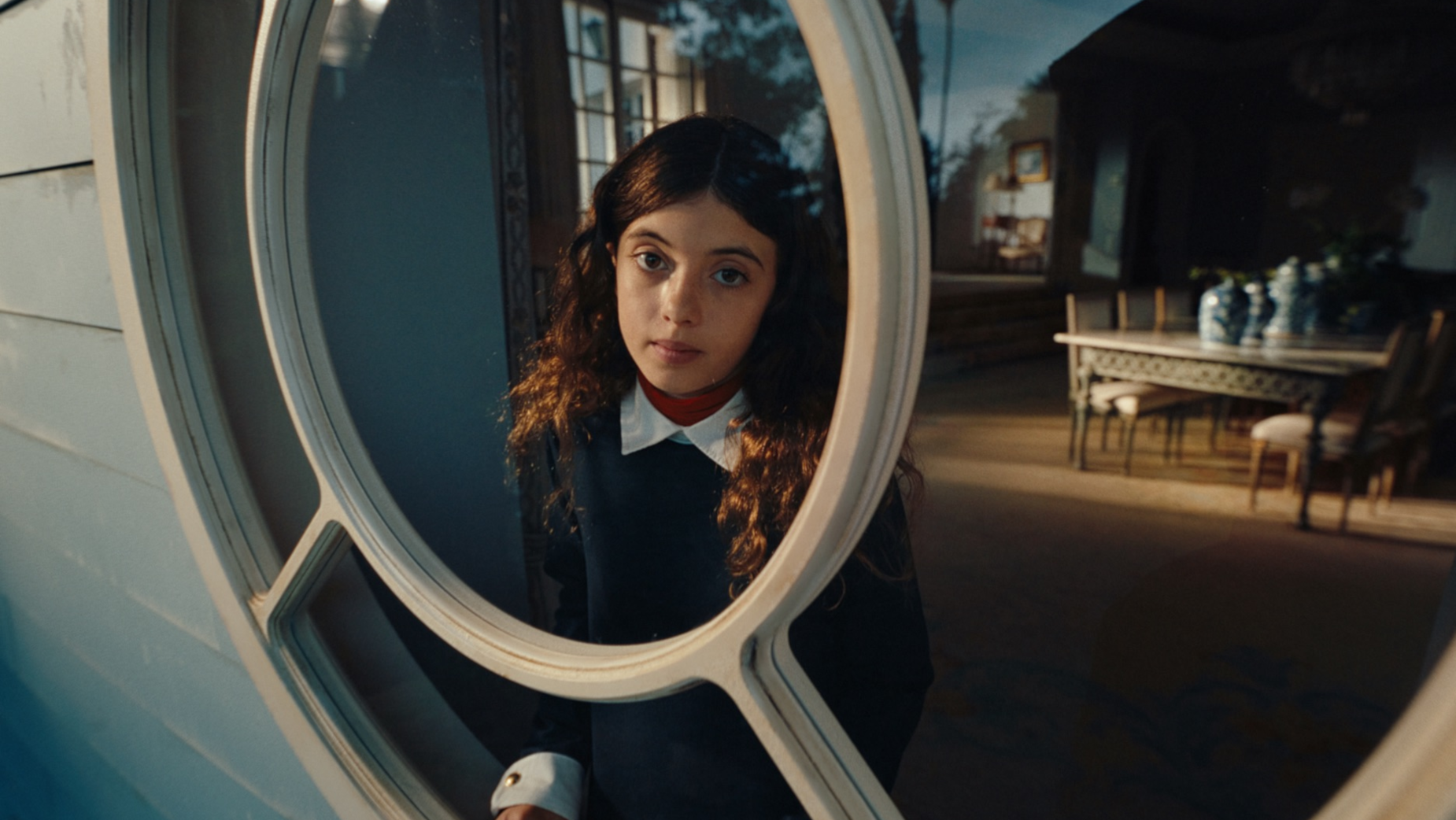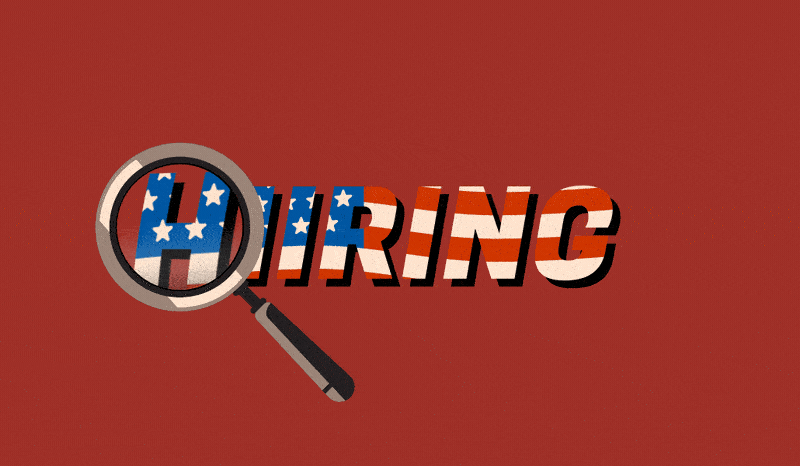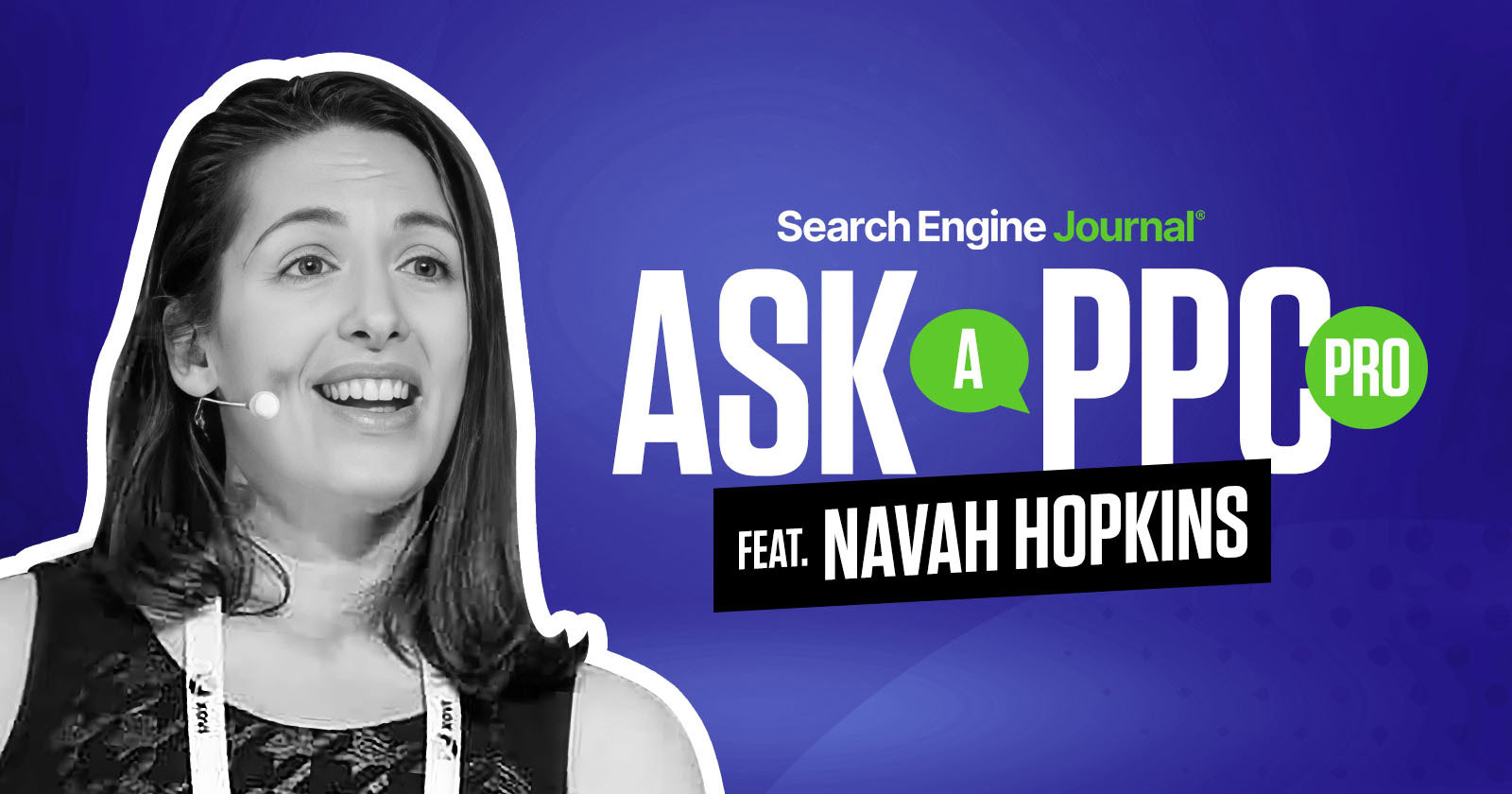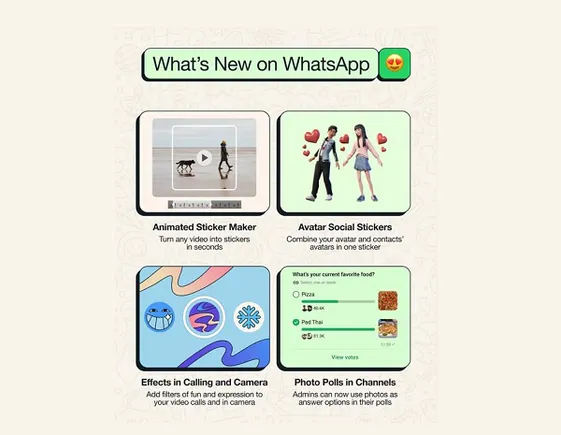How Writing Romance Has Made Me More Creative
One author learns that putting boundaries—such as genre expectations—around creativity can actually stimulate it rather than inhibit it.


Today’s post is by author and book coach Susanne Dunlap.
If you think of creativity as a freewheeling and boundless activity, adding rules may seem counterintuitive. But research shows that blank canvases (whether they’re literal or figurative) can actually hinder creativity by allowing your thoughts to drift to the most familiar and least original places.
By comparison, “constraints force us to move away from what is obvious,” said Zorana Ivcevic Pringle, a senior research scientist at the Yale Center for Emotional Intelligence and the author of The Creativity Choice. “They help us put our creative energy to productive use.”
—From the Well newsletter of the New York Times, Tuesday, June 3, 2025
There are those who will instantly agree with the observation above, and those who will view it with skepticism. Once upon a time, I might have fallen into the latter group.
But ever since I started challenging myself to write romance (Regency romance, to be specific), I have come to understand that putting boundaries around your creativity can actually stimulate it rather than inhibit it.
For me, it has largely to do with having a container for my story. I was never an outliner. I used to be a pure pantser, just charging in with a vague idea and spilling whatever came to me onto the page. I’ve become more of a plantser now as I’ve developed a deeper and more nuanced understanding of story structure and its purpose for a reader. But the romance genre pushed me to go beyond my comfort zone in embracing those structural boundaries.
So what are the constraints in romance that can inspire a writer to be more creative, more ingenious?
First constraint: a happily ever after
In romance, that happy ending is a requirement. You cannot kill off one or other of your protagonists and call it a romance. You can call it romantic, certainly, but readers of romance are looking for that feel-good ending—even if they’ve wept along the way as the protagonists go through their trials and tribulations.
The reason this constraint forces a writer to be more creative is that it’s an ending the reader already knows is coming. And from the very beginning, they probably also know who will be involved, which two people are going to end up together despite all appearances.
This forces a writer to dig deep into the characters to create believable reasons why they don’t come together immediately when the chemistry is clearly on the page. It makes a writer find ways to incorporate backstory that gradually reveal the pain or difficulty that has caused one protagonist to feel unworthy and the other to be untrusting, for instance.
It also makes it imperative that emotions and thoughts are clearly on the page. Characters have to act in ways consistent with what’s going on inside of them, but if the reader doesn’t know what that inside motivation is, actions can feel arbitrary.
I have certainly had to push myself to convey more interiority to the reader skillfully, to show it rather than tell it—which involves much soul-searching and many rewrites.
Second constraint: a well-defined structure
My writing ambitions were born way back when I was in my 20s and a huge devotee of Virginia Woolf and other literary authors. I still love reading those books, the ones where you just pause and reflect and enjoy the sheer beauty of the prose.
Many of those authors also experimented with structure, subverting the expected storytelling formulae. In the hands of brilliant writers, these experiments can be thrilling.
But a true romance has a structure that has been honed over time and proven to create the narrative drive that keeps readers turning the pages. Handled clumsily, the structure can truly feel like a formula a reader has seen over and over again.
So that’s the challenge: Adhere to the expected beats—meet-cute, growing desire, midpoint of love, complications and thrusting apart, grand gesture that gets them back together, etc.—in a way that satisfies the reader and makes the underlying formula feel new and surprising. (For anyone who wants a very detailed discussion of the beats, I recommend Romancing the Beat by Gwen Hayes.)
Rising to that challenge has been fun and rewarding, and again, pushed me to dig deep and be more creative.
Third constraint: reader expectations
I’ve heard so many aspiring writers say they’re writing to satisfy themselves, to be that solitary genius in a tower who doesn’t care what anyone else thinks, they’re going to write that story they’ve had in their hearts for years and years.
And to them I say, go for it.
But the reality is that unless someone reads your book, you haven’t really achieved your fond goal. And if you have any aspirations to write romance, meeting reader expectations, putting yourself squarely in the shoes of the reader and how they will experience your story, is imperative right from the beginning.
Romance readers are voracious, and they know what they want. Once they find an author who delivers that for them, they will read everything that author has to offer. But to enter that privileged cohort, you really need to understand what’s going to satisfy the readers of your particular subgenre.
For instance, in my subgenre—Regency romance—readers don’t tolerate historical inaccuracy and characters whose actions are far outside the bounds of what would have been considered proper at the time.
How does knowing that stimulate my creativity? Since I don’t relish or want to create passive female protagonists, I need to find believable ways in which a woman at the time would have pushed the boundaries and what conditions in her life might have enabled her to do that—to name just one example.
In romantasy, the rules of your fantasy world have to not only be consistent, but they must also directly affect the course of the romance itself.
As to small-town, mob, western, billionaire, or any other of the dozens of popular romance sub-genres, you’d better have done your research by first of all reading the comps, taking note of what distinguishes the most popular of them, and paying attention to all that as you write.
Fourth constraint: series
I don’t know of any successful romance author who has not written a series. A series can be more or less connected—everything from stand-alone novels linked by setting to novels that work their way through an entire extended family’s love lives.
This is closely related to the previous constraint: meeting reader expectations. If you’re lucky enough to strike a chord with readers and they decide to read your next book and it’s absolutely nothing like the first one, they probably won’t like it.
A series also helps you develop an author persona, to “brand” yourself. The style of the covers, the titles, etc. tell readers at a glance what to expect, that when they pick up that second or third book, they’ll probably enjoy it just as much as the first.

I thought I couldn’t possibly write a series. What I discovered, though, was that not only could I do so, but that there are added joys to returning to characters you’ve already introduced in previous books but hadn’t developed fully. Also, for Regency romance, not having to start afresh with research means the writing can be quicker.
What this discovery also pushed me to do was to think about those important subsidiary characters with a view to their possibly becoming protagonists in the next book. That means making them more complex, giving them meaningful backstory, and more.
Final thoughts
I would urge any writer who secretly yearns to write in the romance genre not to look at it as an easy way to get a book written, but as a rewarding challenge in craft and storytelling. Shake off the negative associations that have caused romance to be looked down on by some. Excellent writers work in the genre. You can write a good book that fulfills all the requirements of a romance. It’s up to you. And the wonderful thing is that readers are eager to get their hands on what you’ve written, provided you treat their expectations and the constraints of romance with respect.
You might surprise yourself, as I did. Embracing the limitations of romance unleashed my creativity and made the words pour out of me and onto the page.
























![Brand and SEO Sitting on a Tree: K-I-S-S-I-N-G [Mozcon 2025 Speaker Series]](https://moz.com/images/blog/banners/Mozcon2025_SpeakerBlogHeader_1180x400_LidiaInfante_London.png?auto=compress,format&fit=crop&dm=1749465874&s=56275e60eb1f4363767c42d318c4ef4a#)

![How To Launch, Grow, and Scale a Community That Supports Your Brand [MozCon 2025 Speaker Series]](https://moz.com/images/blog/banners/Mozcon2025_SpeakerBlogHeader_1180x400_Areej-abuali_London.png?auto=compress,format&fit=crop&dm=1747732165&s=beb7825c980a8c74f9a756ec91c8d68b#)
![Clicks Don’t Pay the Bills: Use This Audit Framework To Prove Content Revenue [Mozcon 2025 Speaker Series]](https://moz.com/images/blog/banners/Mozcon2025_SpeakerBlogHeader_1180x400_Hellen_London.png?auto=compress,format&fit=crop&dm=1747758249&s=9f3c5b1b7421f862beace1cb513053bb#)

























![The 11 Best Landing Page Builder Software Tools [2025]](https://www.growthmarketingpro.com/wp-content/uploads/2024/04/best-landing-page-software-hero-image-1024x618.png?#)





































![How To Build AI Tools To Automate Your SEO Workflows [MozCon 2025 Speaker Series]](https://moz.com/images/blog/banners/Mozcon2025_SpeakerBlogHeader_1180x400_Andrew_London-1.png?auto=compress,format&fit=crop&dm=1749642474&s=7897686f91f4e22a1f5191ea07414026#)













![Marketers Using AI Publish 42% More Content [+ New Research Report]](https://ahrefs.com/blog/wp-content/uploads/2025/06/marketers-using-ai-publish-42-more-by-ryan-law-data-studies-1.jpg)












![Brand pitch guide for creators [deck and email templates]](https://blog.hootsuite.com/wp-content/uploads/2022/06/brand-pitch-template.png)


![Social media image sizes for all networks [June 2025]](https://blog.hootsuite.com/wp-content/uploads/2023/01/Social-Media-Image-Sizes-2023.png)

![The HubSpot Blog’s AI Trends for Marketers Report [key findings from 1,000+ marketing pros]](https://www.hubspot.com/hubfs/state-of-AI-1-20240626-53394.webp)
![AI can boost conversions from your web page — HubSpot’s CMO shows you how [tutorial]](https://knowledge.hubspot.com/hubfs/ai-1-20250605-395473.webp)
![The state of inclusive marketing in 2025 [new data + expert insight]](https://www.hubspot.com/hubfs/inclusive-marketing-report.webp)










![X Highlights Back-to-School Marketing Opportunities [Infographic]](https://imgproxy.divecdn.com/dM1TxaOzbLu_kb9YjLpd7P_E_B_FkFsuKp2uSGPS5i8/g:ce/rs:fit:770:435/Z3M6Ly9kaXZlc2l0ZS1zdG9yYWdlL2RpdmVpbWFnZS94X2JhY2tfdG9fc2Nob29sMi5wbmc=.webp)





